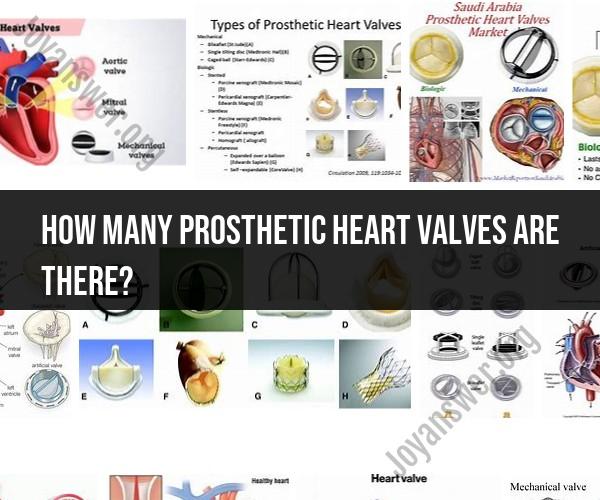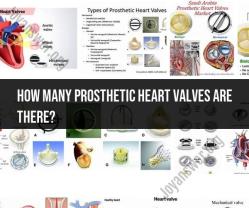How many prosthetic heart valves are there?
There are two main types of prosthetic heart valves: mechanical heart valves and biological (tissue) heart valves. Each type has its own subcategories and varieties, making for several options within these two broad categories. Here's an overview:
1. Mechanical Heart Valves:
- Mechanical heart valves are typically made of durable materials, such as metal or carbon. They are known for their longevity but may require the patient to take anticoagulant medication to prevent blood clots. Varieties of mechanical heart valves include:
a. Ball-and-Cage Valves: These valves consist of a ball that moves within a cage to regulate blood flow. They are less common today due to the availability of other designs.
b. Single-Disc Valves: These valves have a single-disc design that pivots to control blood flow.
c. Bileaflet Valves: Bileaflet valves have two leaflets that open and close in the center, similar to natural heart valve movement. They are a common choice for mechanical valves.
2. Biological (Tissue) Heart Valves:
- Biological heart valves are typically made from animal tissues (porcine or bovine) or human donor tissues. They do not require long-term anticoagulant medication, but they may not last as long as mechanical valves. Varieties of biological heart valves include:
a. Xenograft Valves: Xenograft valves are made from animal tissues, such as pig (porcine) or cow (bovine) valves. They are commonly used in biological heart valve replacements.
b. Homograft Valves: Homograft valves are made from human donor tissues, often from cadavers. They offer good compatibility but are less readily available.
c. Tissue-Engineered Valves: These are experimental valves created in the lab by combining donor tissues with synthetic materials. They are still under research and development.
d. Autograft Valves: Autograft valves involve using a patient's own tissues, typically the pulmonary valve, to replace a damaged aortic valve. This procedure is known as the Ross procedure.
The choice between mechanical and biological heart valves depends on various factors, including the patient's age, overall health, lifestyle, and the recommendations of the healthcare provider. It's important for patients to discuss the options with their healthcare team to make an informed decision about the type of prosthetic heart valve that is most suitable for their individual circumstances.


